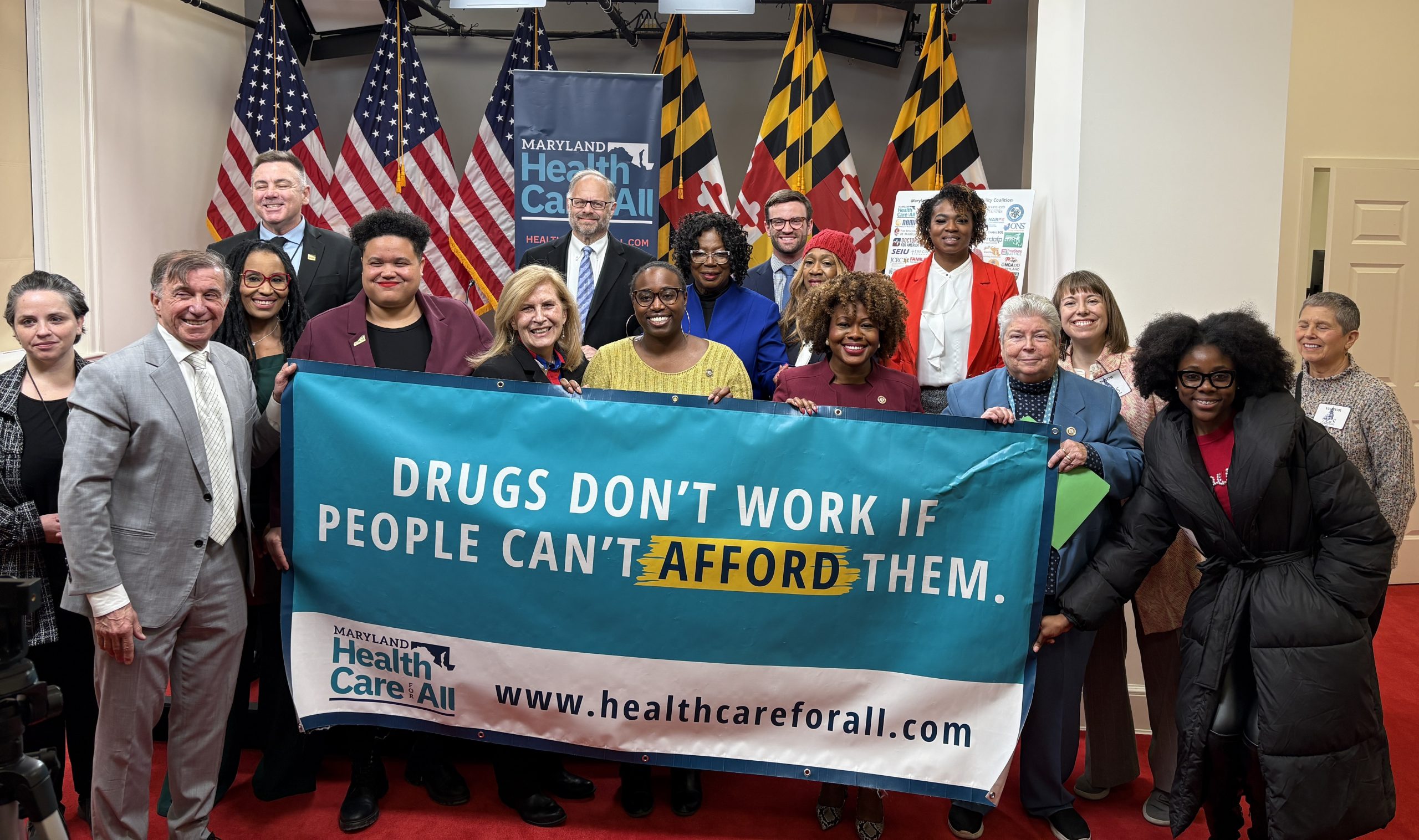Newswise
December 10, 2015
Increasing state alcohol taxes could help prevent sexually transmitted infections, such as gonorrhea, according to University of Florida Health researchers, who found that gonorrhea rates decreased by 24 percent in Maryland after the state increased its sales tax on alcohol in 2011.
Multiple prior studies have shown that increases in alcohol taxes decrease alcohol consumption. Less drinking reduces risky sexual behavior, such as having unprotected sex or having sex with new partners. In 2014, the rate of infection from gonorrhea, chlamydia and syphilis increased substantially nationwide, and young people accounted for nearly two-thirds of the cases of gonorrhea and chlamydia. This UF Health study is one of the first to quantify the effect of alcohol taxes on the rate of sexually transmitted infections.
“If policymakers are looking for methods to protect young people from harmful STIs, they should consider raising alcohol taxes, which have decreased remarkably over the years due to inflation,” said Stephanie Staras, Ph.D., MSPH, an assistant professor in the UF College of Medicine department of health outcomes and policy and the study’s lead researcher.
Sexually transmitted diseases can cause pain, infertility and certain types of cancer. In Maryland, the tax increase resulted in 2,400 fewer statewide cases of gonorrhea during the 18 months after the tax increase went into effect, according to findings published today (Dec. 9) in the American Journal of Preventive Medicine.
The tax increase in Maryland was only $0.03 per $1. The tax increased from 6 percent, which had been the sales tax rate on alcohol since July 1, 2008, to 9 percent on July 1, 2011.
The team used data from the National Notifiable Disease Surveillance System, which includes all state and local reports of select nationally notifiable diseases from public and private sources, for 102 months prior to the tax increase and 18 months after the tax increase.
To attribute the effects the team observed to the increase in alcohol taxes, the researchers compared the trends in sexually transmitted diseases in Maryland with three groups of other states. First, the researchers compared Maryland with those states that have a similar alcohol sales method but did not increase alcohol taxes and do not share a border with Maryland: California, Arizona, Colorado, Indiana, Wisconsin, New Mexico, Texas, North Dakota, South Dakota, Oklahoma, Louisiana, Florida and Rhode Island. To compare Maryland to states with similar trends in sexually transmitted diseases, the team compared rates in Maryland with the states with the most similar baselines, which was Oklahoma for chlamydia and Colorado for gonorrhea. To account for potential regional contributions to sexually transmitted disease trends, the team also compared Maryland with Rhode Island. The rate of gonorrhea infections decreased an additional 24 percent in Maryland compared with these control states after the increased tax went into effect.
The research team did not find any effect on chlamydia rates or any differences across age, race or ethnicity, or gender. This lack of difference across various demographics suggests the tax may have influenced all individuals similarly, Staras said.
The lack of effect on chlamydia rates could be due to the fact that chlamydia infections are more likely to be asymptomatic or mild compared with gonorrhea, which means people are less likely to seek testing and therefore the cases are less likely to be reported. In addition, gonorrhea infections are more geographically concentrated and restricted to higher-risk populations, magnifying the influence of small changes, such as a decrease in alcohol consumption. High-risk populations include individuals who engage in risky sexual behavior with concurrent partners or those who have sexual partners within an interconnected social group.
“Right now, the only population-level intervention for STIs recommended by the Centers for Disease Control and Prevention is condom distribution,” Staras said. “However, the effects we observed in this study are comparable to the effectiveness of condom distribution, and taxes generate revenue rather than spend it — making it a powerful option for policymakers to consider.”
This research was supported by the Zanvyl and Isabelle Krieger Fund via a grant to the Johns Hopkins Bloomberg School of Public Health, which provided the research team at the UF College of Medicine a sub-grant to conduct this research.
Last modified: December 11, 2015


